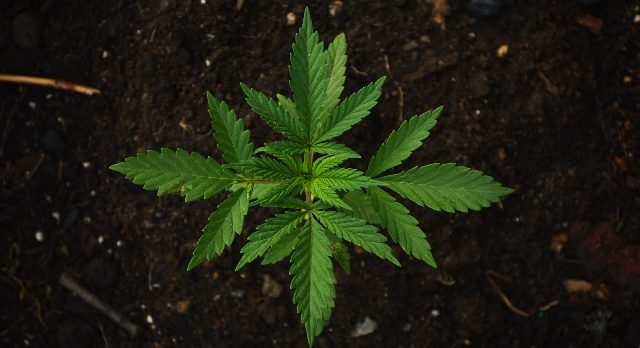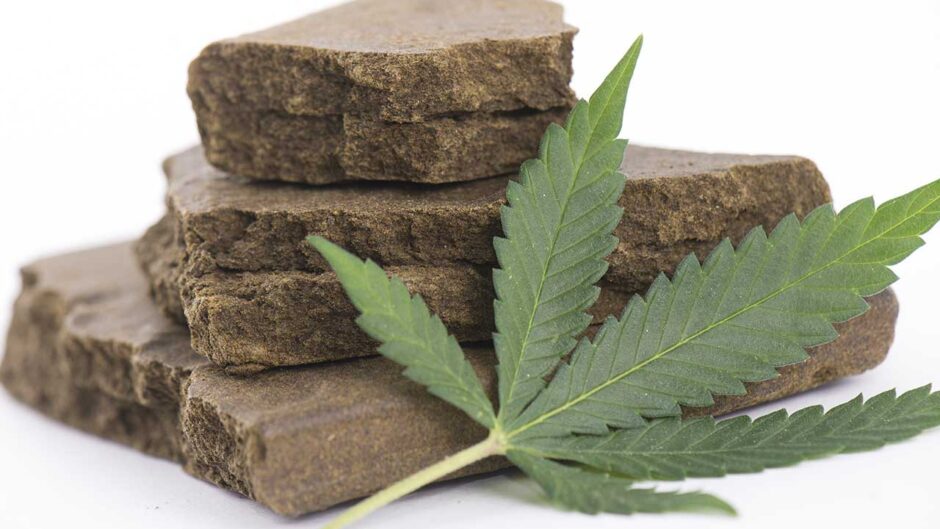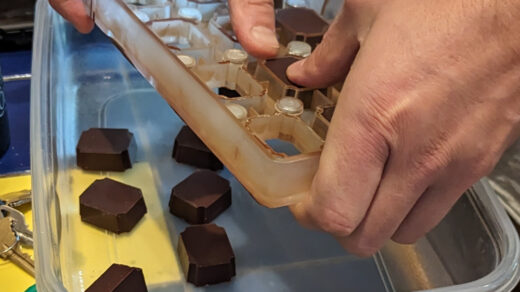There are a variety of methods that can be employed in the manufacture of Hash. Here are some different techniques for making Hash:
Hand-rolling
This is one of the oldest and most accessible ways of making Hash. It involves rubbing the cannabis leaves or buds with the hands or on a surface to extract the resin. The resin is collected and compressed into smaller pieces or balls, which can be smoked or ingested. However, this prepared Hash is less potent and pure than other methods and may contain impurities.
Bubble Hash
This method uses ice water and agitation to separate trichomes from plant matter. The cannabis is soaked in a bucket of ice water, causing the trichomes to freeze. This process is followed by agitation that makes the trichomes break off from the plant and fall into the water.
This mixture of water and trichomes is then filtered through screens of different sizes to collect the trichomes while allowing the water to pass through. The remaining trichomes are then dried and compressed into a solid form.
Rosin Hash
This method uses heat and pressure to extract the resinous trichomes from the cannabis plant. The cannabis is placed between two sheets of parchment paper and pressed with a heat press.
The heat and pressure cause the trichomes to melt and adhere to the parchment, thus separating them from the plant. The rosin is then collected and compressed into a solid form that is sticky and potent.
Butane Hash Oil (BHO)
In this method, butane gas extracts the resinous trichomes from the cannabis plant. Packed into a tube, butane gas is passed over the cannabis to dissolve the trichomes. A liquid is formed. As a result, it evaporates to leave behind potent sticky oil. This oil has higher potency but requires specialized equipment and can be dangerous if not correctly done.
Dry Shift Hash
The dry shift hash-making method utilizes screens or meshes to filter the resinous trichomes from the plant material. The cannabis buds or leaves are rubbed against the screen, causing the resin to fall through a tray below. Further sifting through finer screens can remove any remaining impurities or plant material. This method is usually more potent than the hand-roll method and has a more robust flavour and scent.
Conclusion
To summarize, multiple ways and techniques can be applied to manufacture Hash. These techniques yield products with varying potency, purity, and taste. The desired outcome, availability of equipment and resources, and the expertise of the hash-maker, therefore, influence the decision of which method to use.
Hash remains to be sought-after and potent cannabis form that is widely appreciated across the globe.





